
Open the main page of the computer window in the Win10 system, click the "View" tab on the main page, and then click the "Options" button on the page to open the Win10 system folder options page.
Because of this, when there is a problem with the cache file, it will cause the system icon to display abnormally. Now that the reason has been found, the solution is also very simple. You just need to delete the problematic icon cache file and let the system re-estable the icon cache.
Win + R shortcut key calls up the run dialog box and enters the following command: ie4uinit -show OK, you will find that the desktop icon will have a refresh process, which is to rebuild the icon cache. It can be repeated many times until all the desktop icons are displayed normally.

The icon on the desktop of the mobile phone is missing. The way to retrieve it is as follows: Restart the mobile phone: Sometimes, a simple restart can solve the problem. After restarting the mobile phone, the mobile phone will reload the desktop icon, and the icon will be displayed on the desktop again.
Check whether the icons have been deleted: Search for the names of the desktop icons to see if you can find them. If you can't find it, it may have been deleted. You can try to recover the deleted files from the recycle bin. Restart the computer: Sometimes restarting the computer can solve some temporary problems, including the disappearance of the desktop icon.
Restore desktop icons through "personalization" First of all, we can restore desktop icons through "personalization".
If you are using an OPPO/OnePlus mobile phone and the desktop application icon disappears, you can try the following methods: check whether the mobile phone has a multi-user mode. If there is a multi-user mode, change the host password and enter the mobile phone to check whether there is an application.
If your computer icon is missing and the right mouse button is not available, you can try the following solutions: Keyboard shortcut to restore the icon: Press the Ctrl + Shift + Esc key on the keyboard to open the task manager.
1. The details are as follows: In the first step, right-click the blank space on the desktop, and then click the personalized option in the pop-up window.In the second step, after coming to the personalized window shown in the figure below, click the theme option on the left side of the page. Step three, in the theme page referred to in the figure below, click the desktop icon settings indicated by the arrow.
2. On the Windows 10 system desktop, right-click the start button in the lower left corner and select the "Run" menu item in the pop-up menu. At this time, the running window of Windows 10 will open, enter the command reedit in the window, and then click the OK button to run the command.
3. Check the desktop icon settings: right-click on the blank space on the desktop, select "Personalization", then click the "Theme" tab, and click the "Desktop Icon Settings" option under "Related Settings". In the pop-up window, make sure that the "Computer" box is checked.
4. Method 1: Click "Start" to find a program and drag the icon directly to the desktop. This article takes Foxmail as an example, which generates a desktop shortcut. Moreover, the original program icon still exists in all applications, which is very different from Win7.
OKX Wallet to exchange-APP, download it now, new users will receive a novice gift pack.
Open the main page of the computer window in the Win10 system, click the "View" tab on the main page, and then click the "Options" button on the page to open the Win10 system folder options page.
Because of this, when there is a problem with the cache file, it will cause the system icon to display abnormally. Now that the reason has been found, the solution is also very simple. You just need to delete the problematic icon cache file and let the system re-estable the icon cache.
Win + R shortcut key calls up the run dialog box and enters the following command: ie4uinit -show OK, you will find that the desktop icon will have a refresh process, which is to rebuild the icon cache. It can be repeated many times until all the desktop icons are displayed normally.

The icon on the desktop of the mobile phone is missing. The way to retrieve it is as follows: Restart the mobile phone: Sometimes, a simple restart can solve the problem. After restarting the mobile phone, the mobile phone will reload the desktop icon, and the icon will be displayed on the desktop again.
Check whether the icons have been deleted: Search for the names of the desktop icons to see if you can find them. If you can't find it, it may have been deleted. You can try to recover the deleted files from the recycle bin. Restart the computer: Sometimes restarting the computer can solve some temporary problems, including the disappearance of the desktop icon.
Restore desktop icons through "personalization" First of all, we can restore desktop icons through "personalization".
If you are using an OPPO/OnePlus mobile phone and the desktop application icon disappears, you can try the following methods: check whether the mobile phone has a multi-user mode. If there is a multi-user mode, change the host password and enter the mobile phone to check whether there is an application.
If your computer icon is missing and the right mouse button is not available, you can try the following solutions: Keyboard shortcut to restore the icon: Press the Ctrl + Shift + Esc key on the keyboard to open the task manager.
1. The details are as follows: In the first step, right-click the blank space on the desktop, and then click the personalized option in the pop-up window.In the second step, after coming to the personalized window shown in the figure below, click the theme option on the left side of the page. Step three, in the theme page referred to in the figure below, click the desktop icon settings indicated by the arrow.
2. On the Windows 10 system desktop, right-click the start button in the lower left corner and select the "Run" menu item in the pop-up menu. At this time, the running window of Windows 10 will open, enter the command reedit in the window, and then click the OK button to run the command.
3. Check the desktop icon settings: right-click on the blank space on the desktop, select "Personalization", then click the "Theme" tab, and click the "Desktop Icon Settings" option under "Related Settings". In the pop-up window, make sure that the "Computer" box is checked.
4. Method 1: Click "Start" to find a program and drag the icon directly to the desktop. This article takes Foxmail as an example, which generates a desktop shortcut. Moreover, the original program icon still exists in all applications, which is very different from Win7.
 Binance APK
Binance APK
949.73MB
Check OKX Wallet to exchange
OKX Wallet to exchange
262.74MB
Check Binance login
Binance login
185.66MB
Check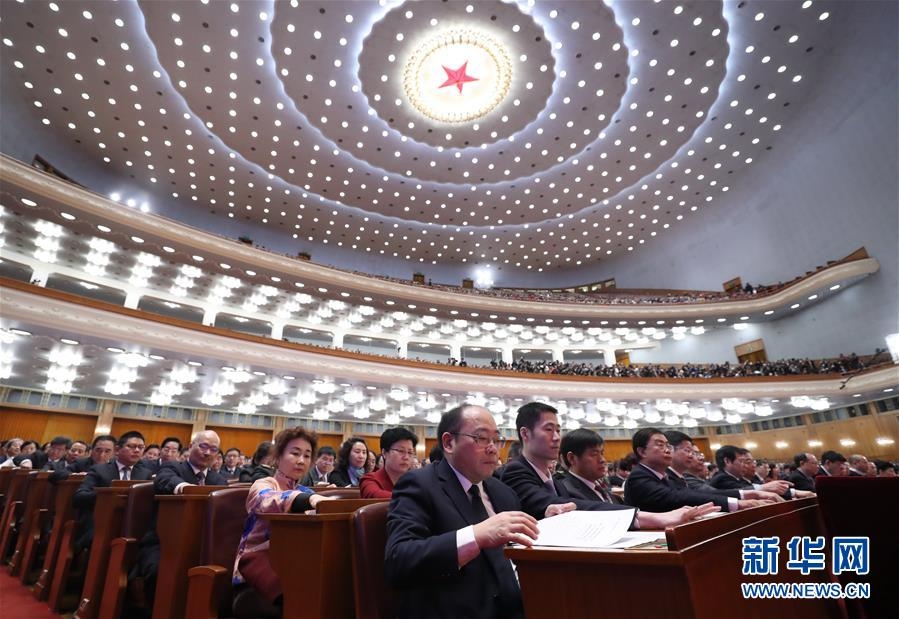 Binance download Android
Binance download Android
197.71MB
Check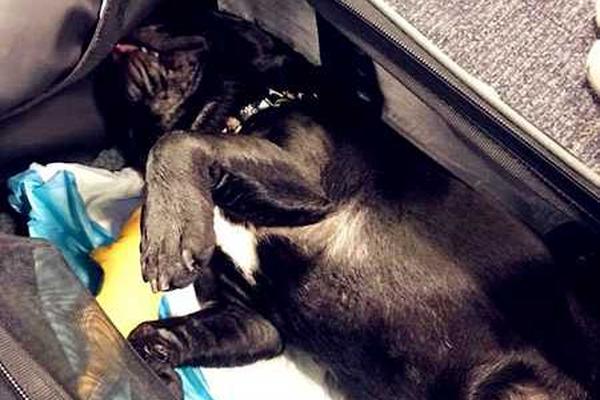 OKX Wallet APK
OKX Wallet APK
123.97MB
Check Binance app
Binance app
829.89MB
Check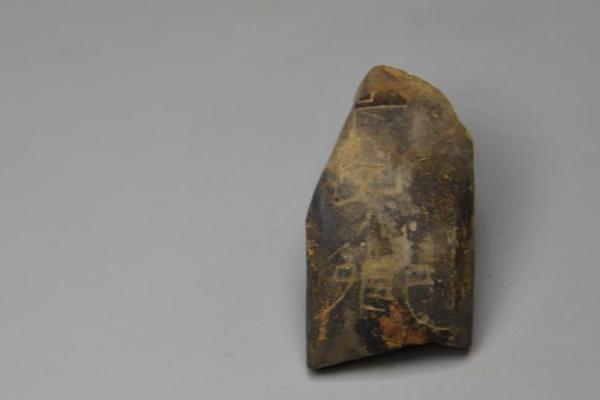 OKX Wallet apk download
OKX Wallet apk download
795.89MB
Check OKX app
OKX app
447.51MB
Check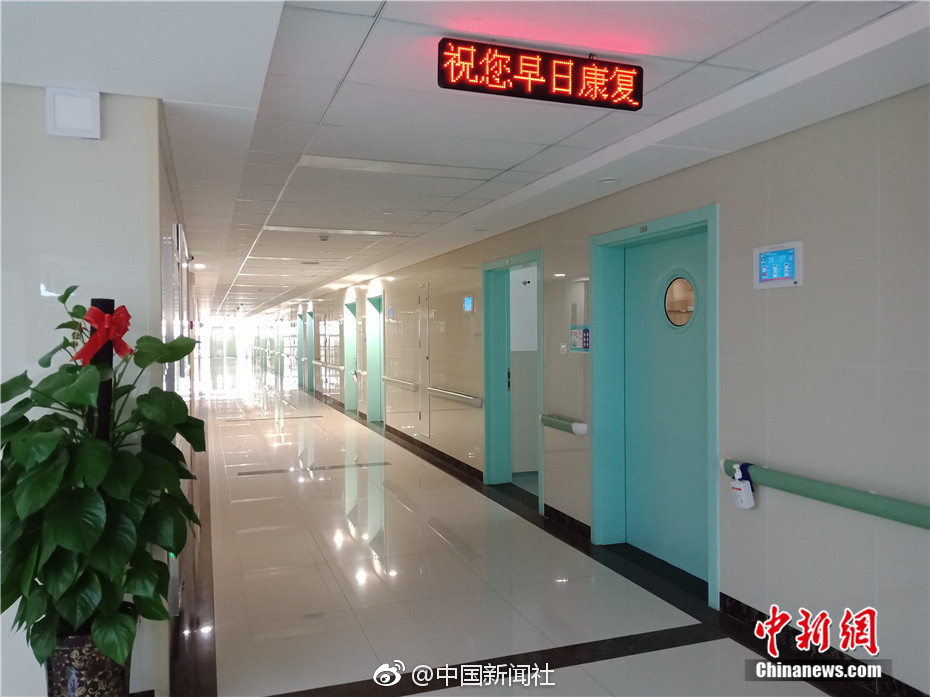 Binance Download for PC
Binance Download for PC
527.87MB
Check Binance market
Binance market
442.23MB
Check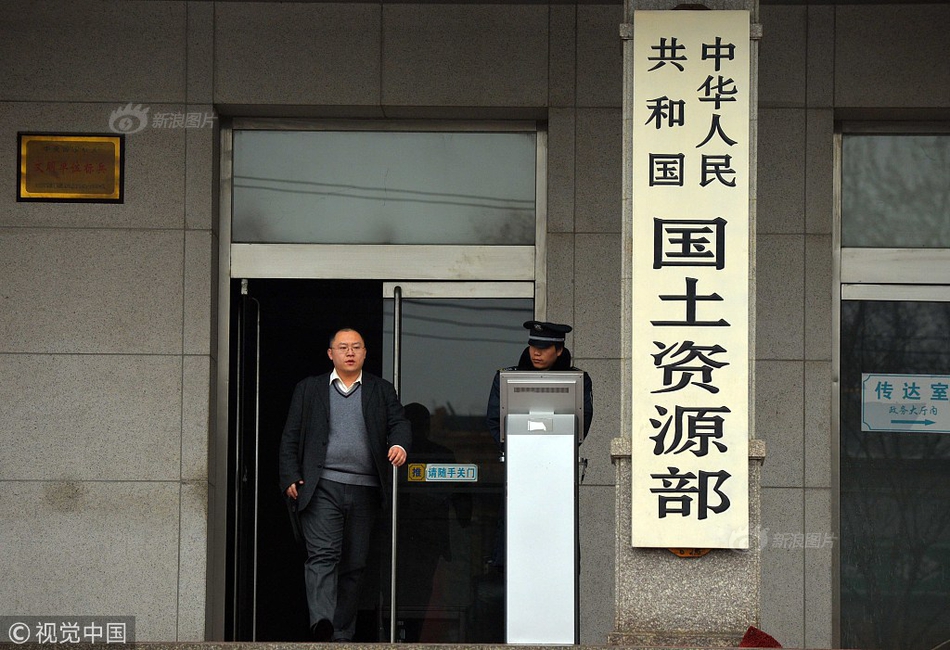 OKX Wallet login
OKX Wallet login
291.35MB
Check OKX Wallet extension
OKX Wallet extension
166.89MB
Check Binance login
Binance login
163.67MB
Check okx.com login
okx.com login
422.41MB
Check Binance download
Binance download
165.73MB
Check OKX Wallet
OKX Wallet
247.24MB
Check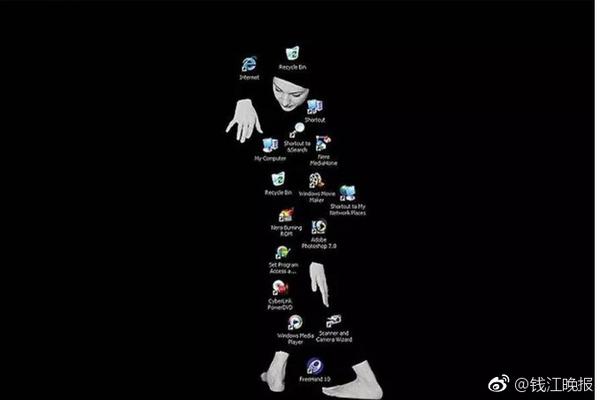 Binance login
Binance login
492.39MB
Check OKX app
OKX app
855.76MB
Check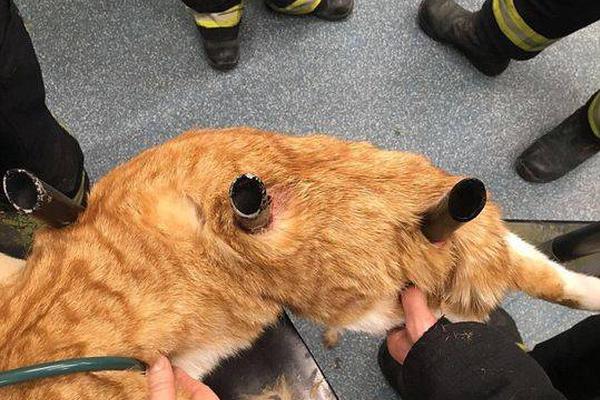 Okx app download
Okx app download
658.67MB
Check Binance exchange
Binance exchange
444.94MB
Check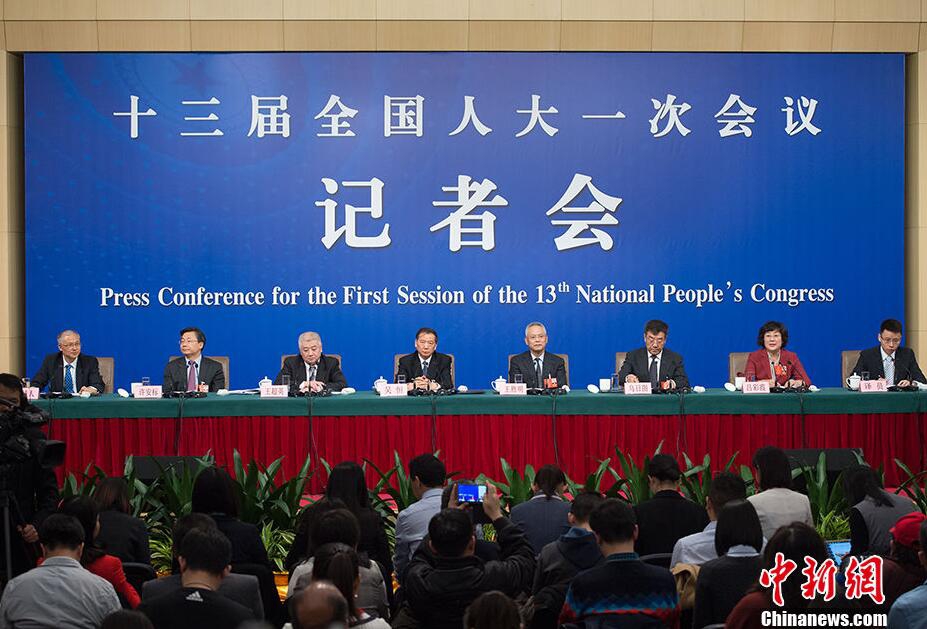 OKX Wallet login
OKX Wallet login
833.78MB
Check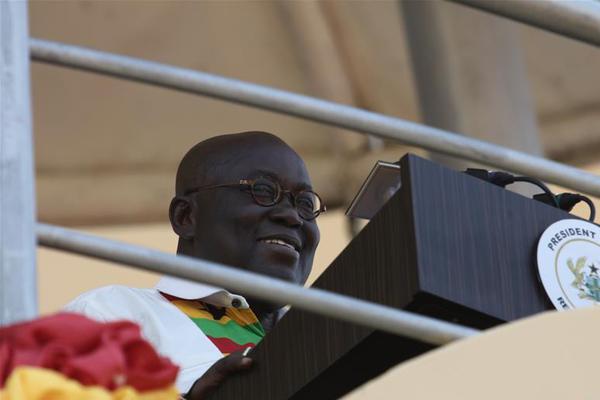 Binance login
Binance login
392.68MB
Check Binance login App
Binance login App
977.24MB
Check Binance login
Binance login
479.44MB
Check Binance login
Binance login
585.71MB
Check Binance download Android
Binance download Android
136.46MB
Check Binance Download for PC Windows 10
Binance Download for PC Windows 10
677.14MB
Check Binance Download for PC
Binance Download for PC
756.57MB
Check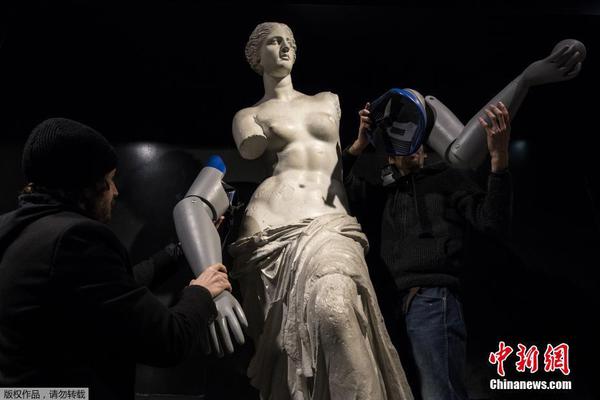 Binance app
Binance app
763.27MB
Check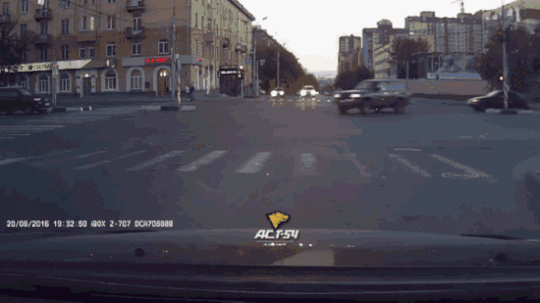 OKX Wallet apk download latest version
OKX Wallet apk download latest version
583.34MB
Check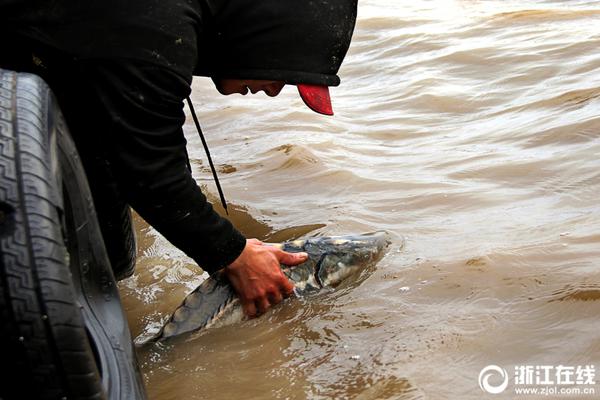 Binance app
Binance app
459.97MB
Check OKX Wallet apk download
OKX Wallet apk download
971.19MB
Check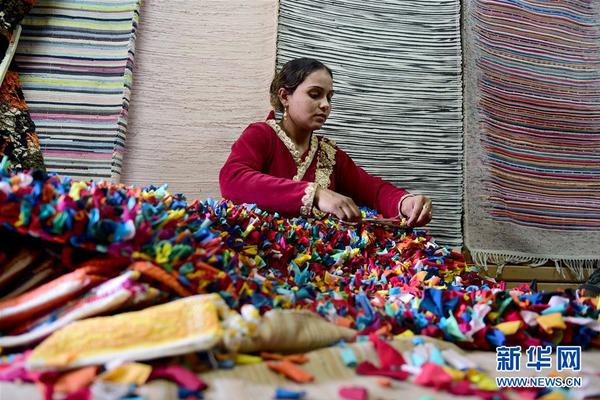 Binance app
Binance app
345.16MB
Check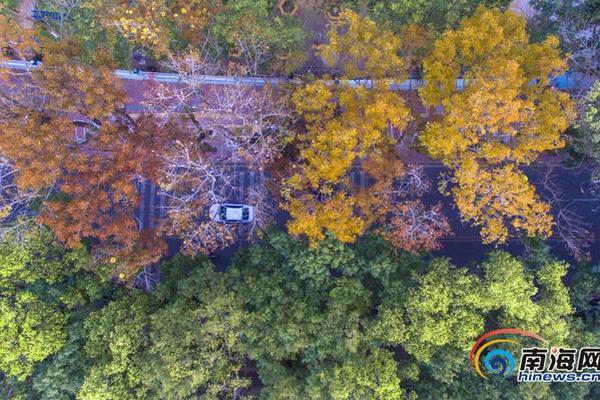 Binance app download Play Store
Binance app download Play Store
238.33MB
Check Binance Download for PC Windows 10
Binance Download for PC Windows 10
591.31MB
Check Binance Download for PC
Binance Download for PC
544.93MB
Check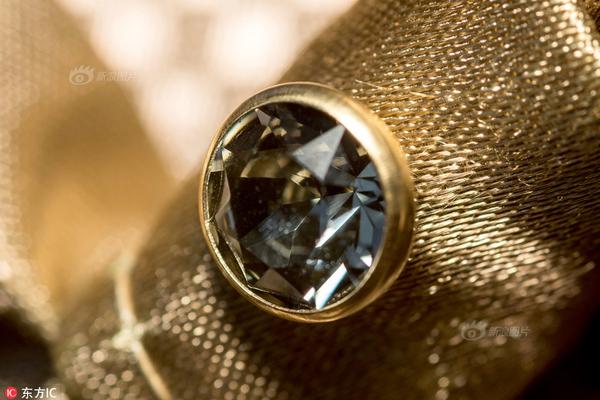
Scan to install
OKX Wallet to exchange to discover more
Netizen comments More
1859 根深柢固网
2025-02-28 09:48 recommend
2097 首尾相连网
2025-02-28 09:40 recommend
1158 兵不厌诈网
2025-02-28 09:16 recommend
1375 色胆如天网
2025-02-28 07:57 recommend
1070 起承转合网
2025-02-28 07:40 recommend